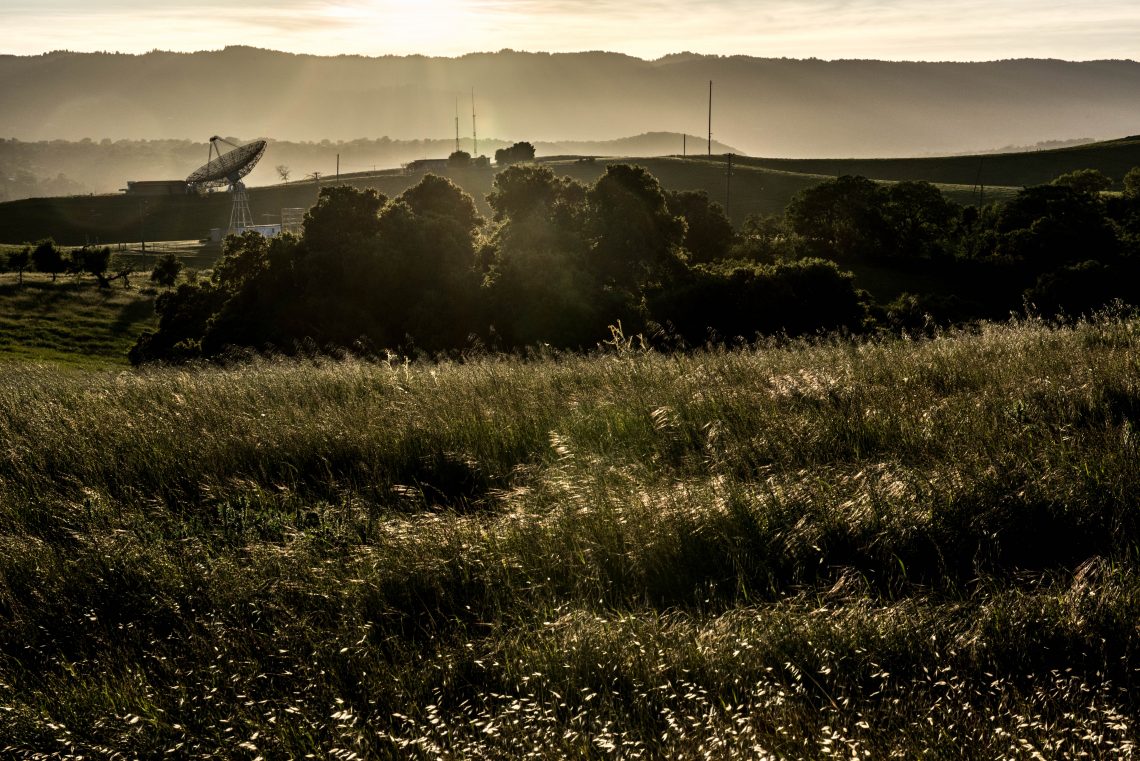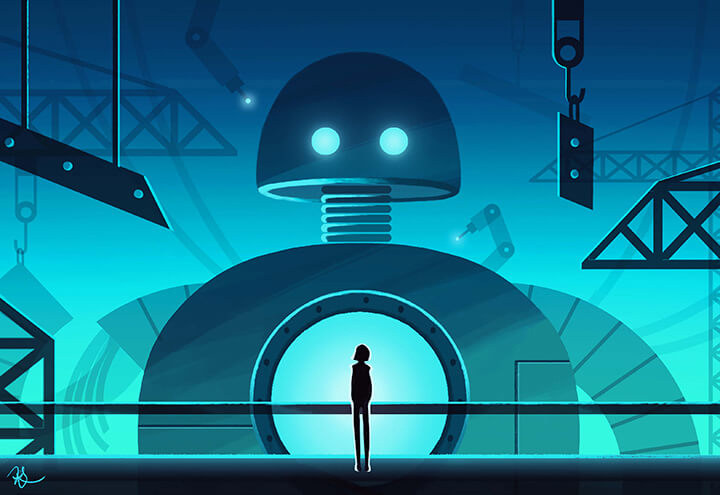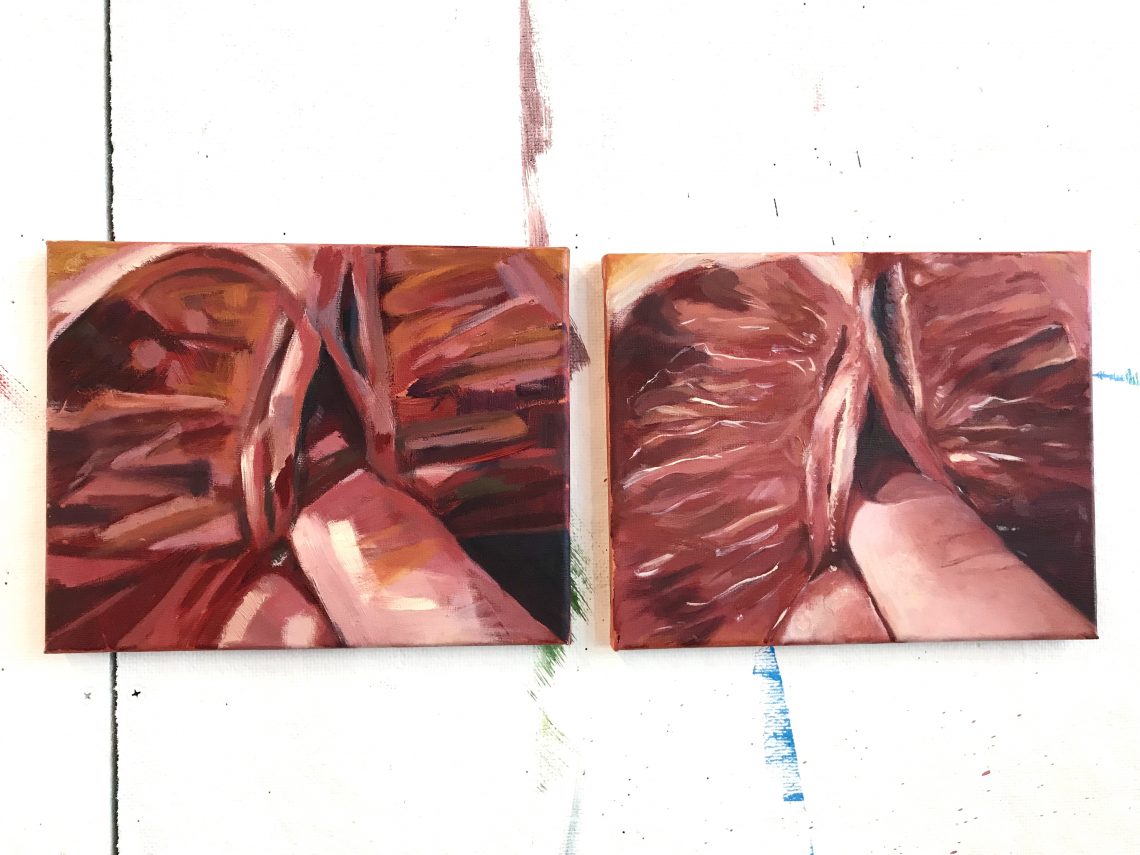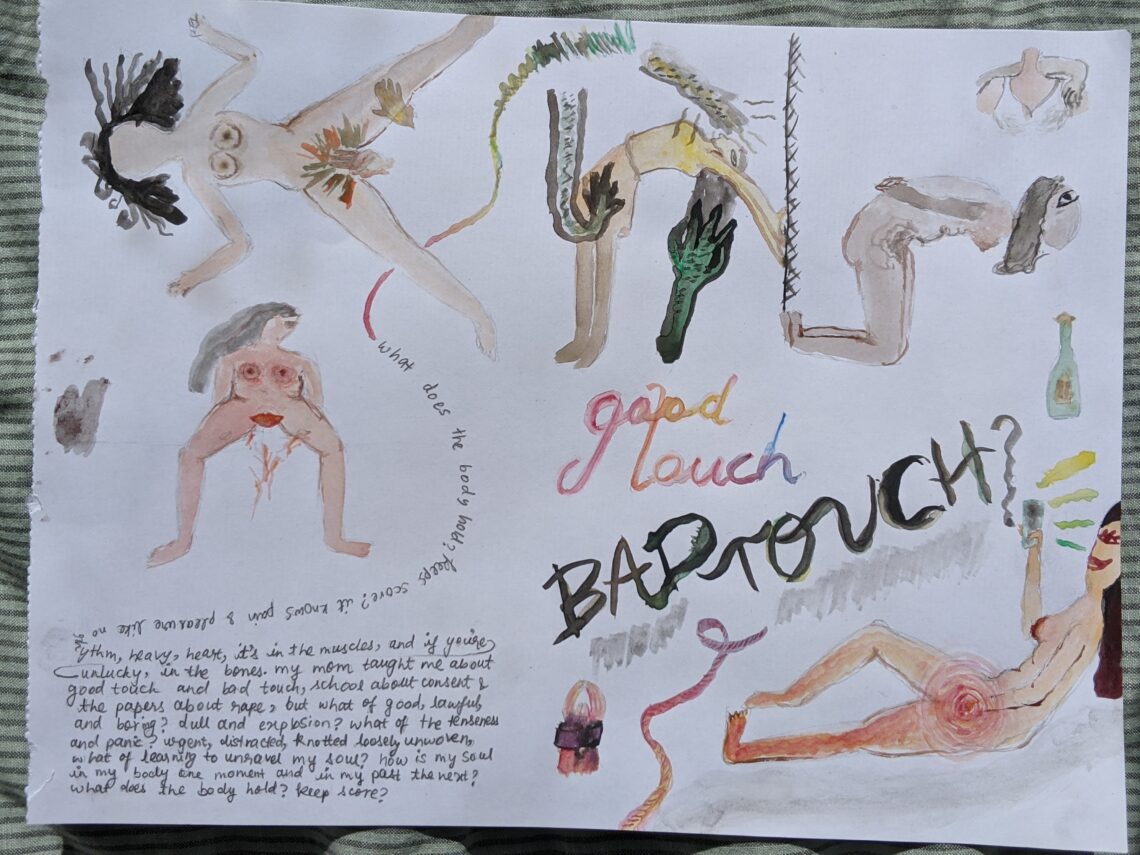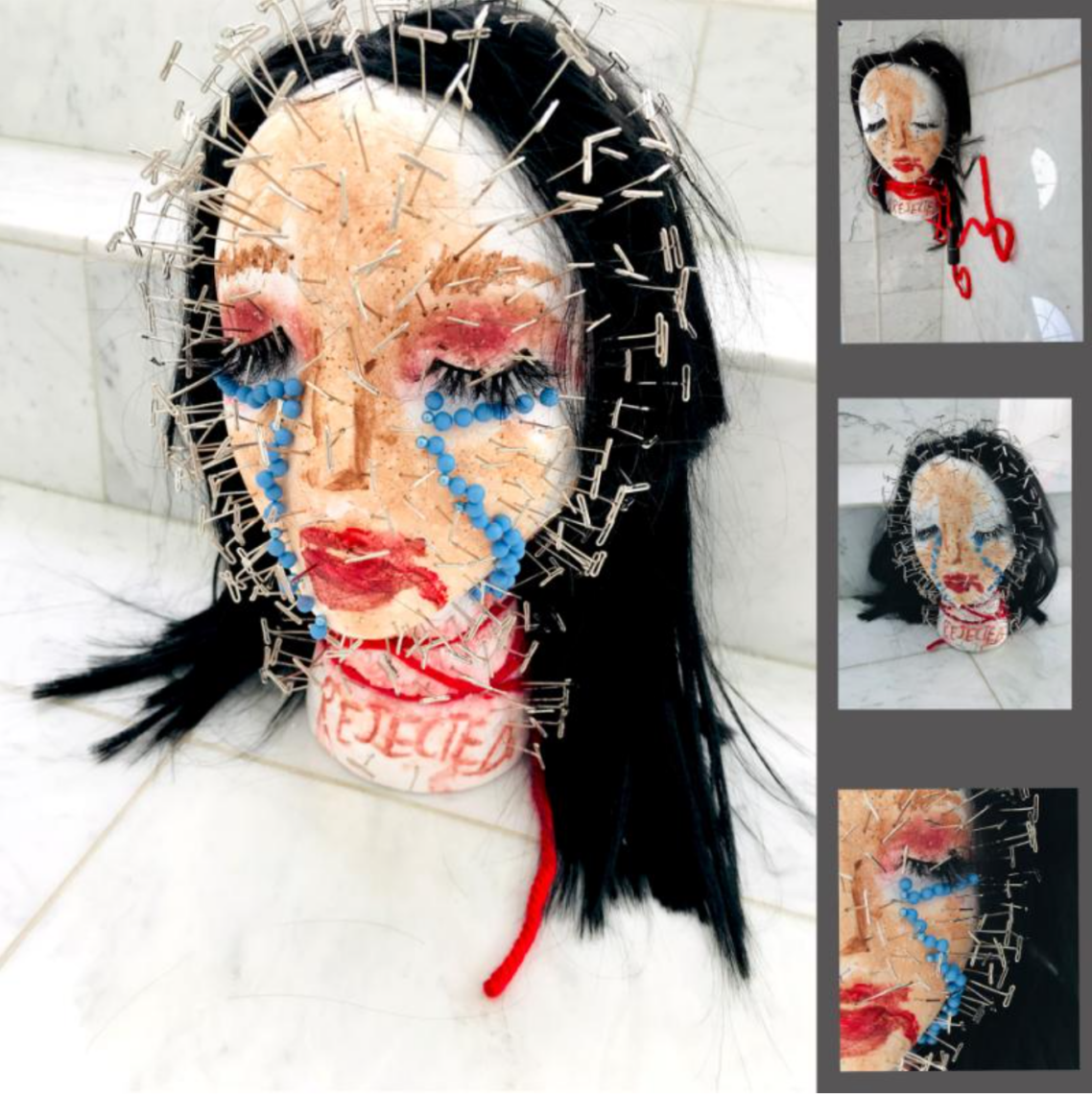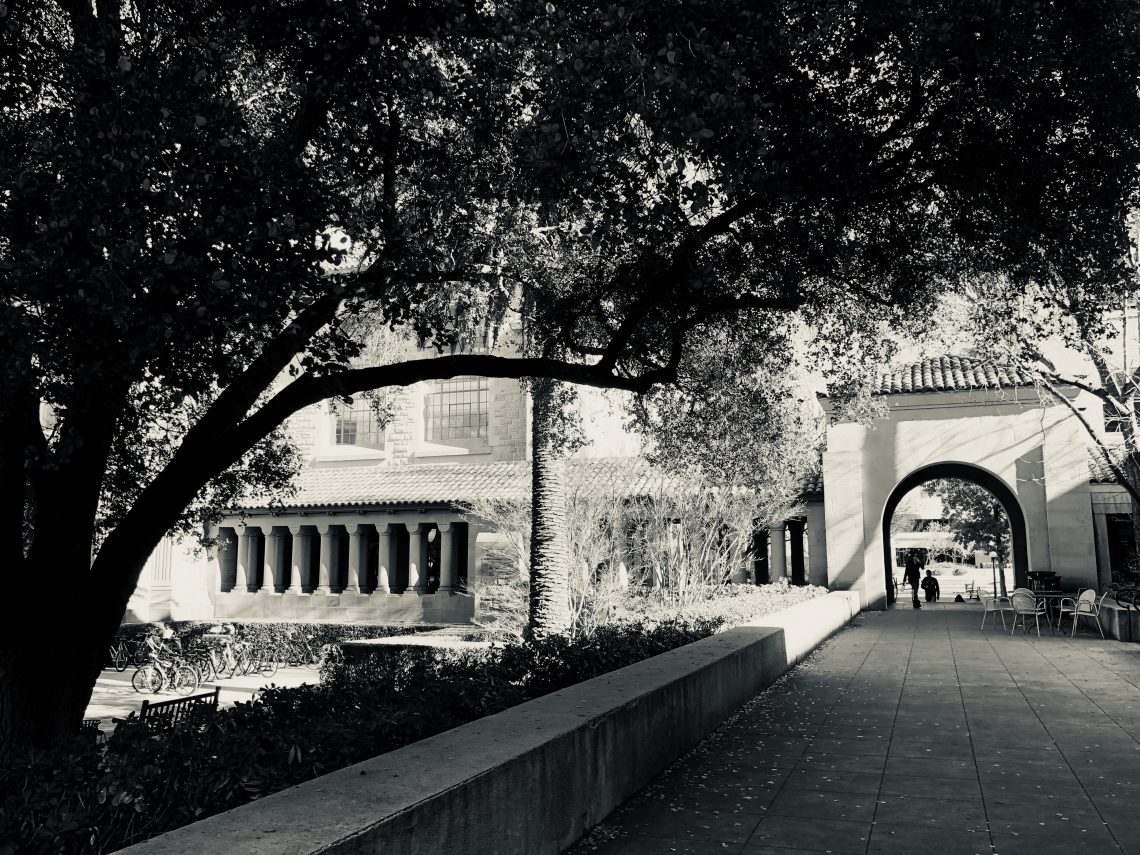Art and Ideas at Stanford Live
An in-depth look at the composer Joseph Haydn and his era – coupled with performances of some of his most iconic works. An evening of music by 11 different cultures along the Nile River – combined with conversations about geography, cultural policy, and environmental sustainability. These were the first two programs in a new series launched by Stanford Live this past month: Live Context: Art & Ideas.
Haydn – Patronage & Enlightenment brought together partners from across the university in a series of exhibitions, performances, and classes. The project culminated in a two-day conference on February 13 and 14 featuring scholars from around the world, who investigated how the cultural context of the Enlightenment shaped Haydn’s music – and how his music shaped the culture of his times. Scholars paid particular attention to the question of patronage: how and why was music-making supported in Haydn’s era – and what did that mean for the music that was made? The conference – held in Bing Concert Hall – was accompanied throughout by performance, bringing together scholarship and artistic practice in a visceral way.
The Nile Project is a truly global phenomenon: musicians from 11 Nile River Basin countries coming together to create a performance that demonstrates the diversity and power of the many cultures sustained by that great river. The Nile Project’s performance in Bing Concert Hall on February 18 was surrounded by a series of events connecting the performance to vital issues of our times: water conservation, social justice, political empowerment. The Live Context series took advantage of Stanford’s expertise in environmental issues and social science – as well as the library’s extraordinary rare map collection – to present a rich set of viewpoints on these issues that vitally enhanced the impact of the performance.
Up next in the series: The Demo, a multimedia extravaganza based on Douglas Engelbart’s historic 1968 demonstration of early computer technology (April 1-2). The Demo will be accompanied by conversations and presentations on human-computer interaction, art in the digital age, and creativity and technology – including a new d.school course using Engelbart’s pathbreaking concepts to spur new design solutions for global challenges — and a crucial “Conversation about our Digital Future” with Jaron Lanier and Sebastian Thrun. This is art at Stanford, inspired by the ideas and inventions created here in Silicon Valley, and inspiring conversations that may inform the next generation of creativity – in technology and the arts.
The Live Context series exemplifies Stanford’s goals for the arts: exceptional performances in the incredible Bing Concert Hall integrated with scholarship, teaching, and intellectual engagement in a way that brings to bear all the resources of the university to create an experience that could not happen anywhere else. I urge you to check out The Demo and related events – and keep an eye out for more Live Context events in 2015-16!








